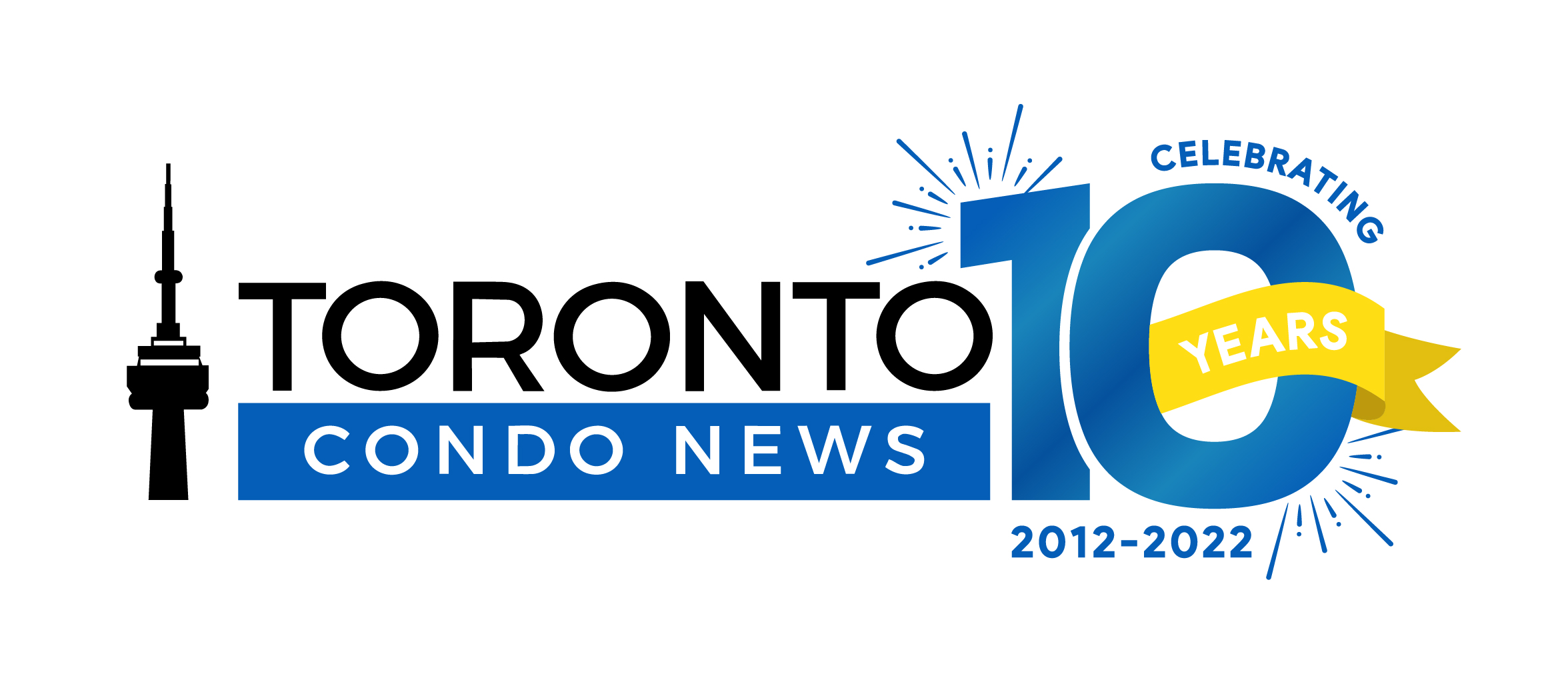 April 2025
April 2025
Reserve funds are to ensure money is available to pay the cost of major repair and replacement for major capital items in condominium buildings. This includes building exteriors such as roofs, windows and walls; roads, walkways and lighting; building interior including lobby, hallways and recreational spaces; underground garages; elevators; mechanical systems and electrical components; and landscaping.
A portion of monthly condo fees is usually transferred to the reserve fund each month. The Condo Act restricts how these funds can be used, and owners do not have the right to vote against necessary repairs or funding as in Florida prior to the Surfside building collapse.
Reserve fund studies are a sophisticated budgeting exercise providing an estimate of future reserve fund expenditures. They do not determine when repairs, renovations, maintenance or building system replacements are to occur. These are determined at the discretion of the condo board based on current considerations.
Three types of reserve fund studies are undertaken every nine years.
- A complete onsite assessment and analysis of all common elements. From this an estimate is made of all projected costs for replacement and repair annually over the next 30 years.
- Three years later there is an onsite assessment without a physical assessment of all components.
- An offsite assessment occurs three years later without any physical analysis of components. This is, in essence, a review of the prior two assessments.
This cycle of three types of reserve fund studies, which is then repeated, means that a physical viewing of infrastructure occurs only once every nine years. Without someone physically looking at the infrastructure, smaller problems can occur and worsen to the point of crisis before anyone looks closely.
For six of the nine years, reserve fund studies are intended to ensure funding is maintained based on what was observed during the last complete onsite assessment. It protects funding without any review of physical assets for underlying or new problems.
Reserve fund studies are estimates based on assessments that incorporate inflation and interest rate considerations. They are a guide that is revised as individual building components undergo replacement or repair, or as priorities change.
Money is not set aside for specific uses. An elevator refurbishment costing more or less than estimated in the study impacts on funds available for other uses. A large unanticipated expense can require funds from the reserve fund that may be needed for other purposes. Items inadvertently left out of the assessment can deplete a reserve fund.
Once each reserve fund study is complete, the board is provided with a draft plan that includes estimated expenditures, timeline, and a contribution table establishing how payments to the reserve fund are to be made.
A Weak Reserve Fund
 A weak reserve fund, one where there are insufficient funds to pay for anticipated work, presents difficult challenges. A condo board could be required to dramatically increase condo fees or have a special assessment to bring the reserve fund back to a proper level. When funding needs are immediate, a condo loan may be necessary.
A weak reserve fund, one where there are insufficient funds to pay for anticipated work, presents difficult challenges. A condo board could be required to dramatically increase condo fees or have a special assessment to bring the reserve fund back to a proper level. When funding needs are immediate, a condo loan may be necessary.
Any condominium corporation generating more than $1 million in fees and more than ten years old with a reserve fund under $5 million is not in a strong position. It doesn’t take more than a few major and possibly unanticipated projects to deplete the fund. When a building reaches about 30 years old, it is not uncommon to require $15 million or more to undertake necessary repairs, updates and replacements.
Allowing a reserve fund to remain in a weak position is one of the biggest errors that can be made by a condo board.








